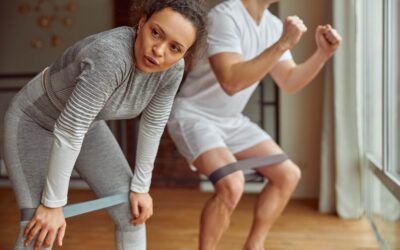We’re excited to see so many local athletes in the Paris Olympics! It’s been fun to watch the swimming, soccer, gymnastics, and basketball, just to name a few ! Knowing the injuries so many athletes must overcome, we wish everyone safety during The Games! Hang in there, Simone!
Injuries Are Part of Sports
In the 2020 Tokyo Summer Olympics, 9.1 injuries per every 100 athletes were reported by medical staff over 17 days, which totaled 1035 injuries1. Boxing had the highest injury rate at 14%, followed by sport climbing at 12.5%, and skateboarding at 11%2.
During Rio de Janeiro’s 2016 Summer Games, BMX bikers topped the list at 38%, then boxing at 30%, mountain-bike cycling at 25%, and both water polo and rugby came in with 19%. More than half of Team USA rugby players and close to 50% of wrestlers and divers experienced injuries.
My name is Dr. Ryan Wood and I specialize in Regenerative Orthopedics. Many of my patients are athletes (some professional, some amateur, some weekend warriors) who find themselves in pain and severely limited by musculoskeletal injuries sustained during sport on the court, field, or track.
Regenerative Orthopedics is a medical science that rejuvenates and heals your body – without surgery. It’s modern medicine that uses non-surgical injection procedures for the repair of damaged tendons, ligaments, and joints.
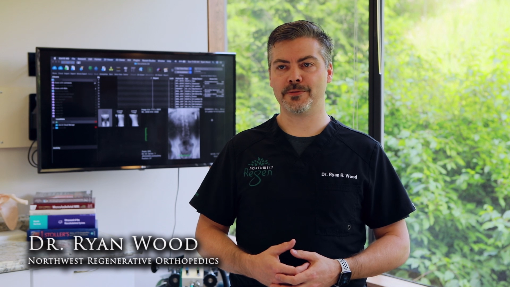
Regenerative Medicine helps to stimulate the body’s natural repair mechanisms by directing healing compounds directly into targeted tissues. Watch Video
Regenerative Medicine Works
Regenerative Orthopedics may be a novel concept to some people, but it’s not totally ‘new.’ In orthopedics, the first known regenerative procedure was in 500 BC, when Roman soldiers with shoulder dislocations were treated with hot needle therapy.3 Since the 20th century, therapies like prolotherapy and peripheral nerve hydro-dissection, which are minimally-invasive treatments, use needle injections to relieve pain and jumpstart a body’s natural healing abilities.
More recently, regenerative medicine has focused on natural injections that initiate healing in musculoskeletal structures, with the introduction of modern interventions such as platelet-rich plasma (PRP) therapy and adipose-derived stem cell therapies, which use MFAT (Micro-fragmented Adipose Tissue). We specialize in all of these treatments at NW Regen, and they are therapies that have been used to treat sports injuries for my patients.
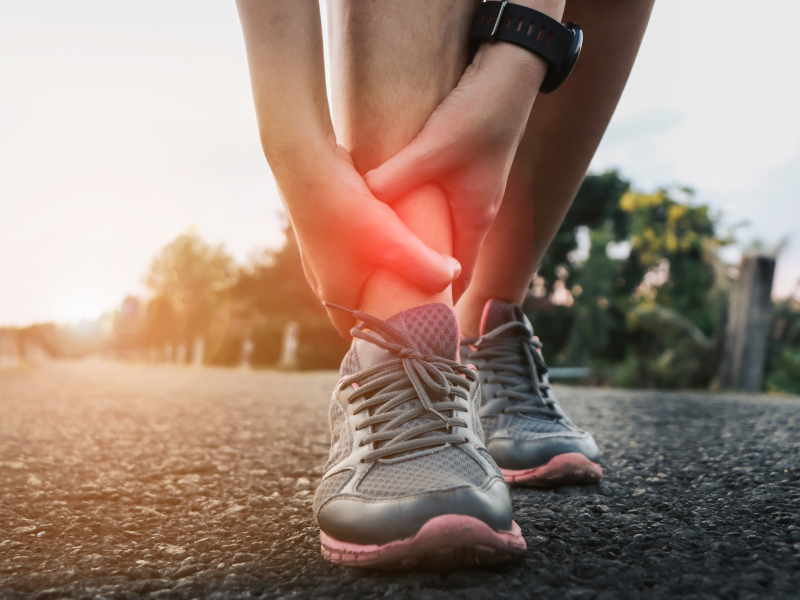
Regenerative Treatments for Sports Injuries
NW Regen treats musculoskeletal injuries and conditions causing acute or chronic pain involving tendons, ligaments, cartilage, muscles, or joints. Our tailored treatments rejuvenate and heal – for reduced pain, improved quality of life, and a holistic return to your body’s peak potential.
If you are an athlete experiencing pain from a sport injury, please come in and see me – as you may be experiencing pain and limitation that can be assuaged by regenerative medicine.
Some of our specialties are explained below. Please see our website for more information.
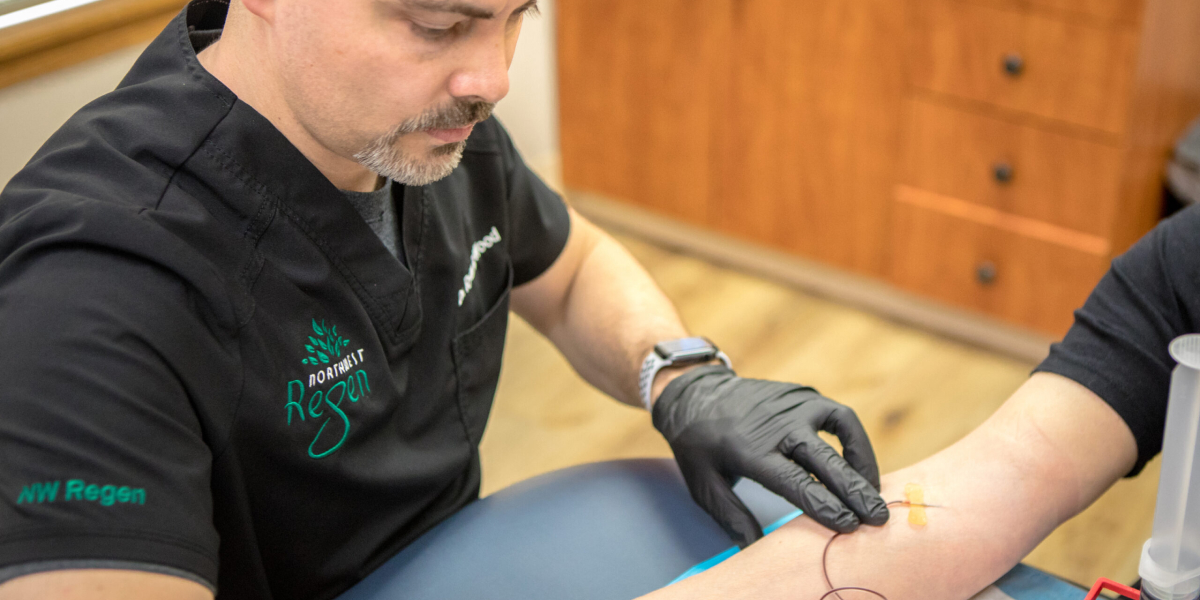
Platelet-Rich Plasma (PRP) Injections
This advanced biocellular injection therapy regulates inflammation, stimulates repair, and promotes remodeling of damaged tissues. We begin with a simple blood draw that’s processed in our in-office lab under highly specialized protocols to produce platelet-rich plasma (PRP) tailored to you.
I administer a PRP injection directly to the painful area to promote repair and healing, using precise ultrasound to visually guide the injection. While our treatments are personalized and tailored to an athlete’s needs, PRP injections are often used in the treatment of:
- Meniscal Tears
- Rotator Cuff Tears
- Calcific Tendinosis
- Frozen Shoulder
- Chronic Tendinitis
- Plantar Fasciitis
- Chronic joint pain and instability
- Degenerative osteoarthritis in joints
Biocellular Injections
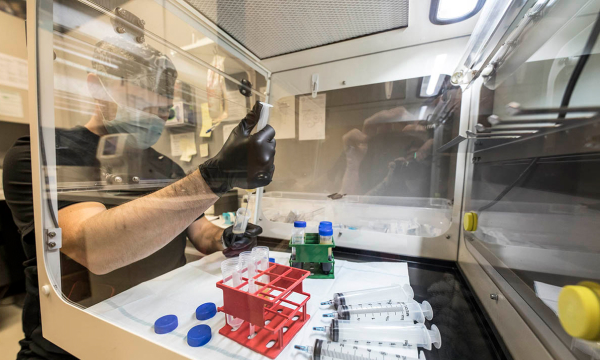
At NW Regen, injections of Mesenchymal stem cells, which are stem cells sourced from a patient’s own adipose-fat tissue, can help your body heal itself.
Our treatments using adipose-derived biocellular therapies are injection-based. Healthy tissue and stem cells from the fatty tissue harvested from your system initiate repair of the damaged cells and provide cellular matrices to repair and restore tissues.
Stem cells are sometimes called the body’s ‘master cells.’ They can turn into many different cell types and exist in almost all tissues of the body, even in adults. While there are many types of stem cells, they can all self-replicate and differentiate into different cell types.4
NW Regen biocellular treatments are often used for:
- Orthopedic injuries and trauma
- Advanced management for acute and chronic sprains, strains and other sports-related injuries.
- Non-surgical (minially-invasive) alternatives to total joint replacement and muscle/ligament/meniscal repairs.
- Sports injuries involving: Ligament, muscle, tendon damage: meniscal tears, rotator cuff tears, calcific tendinosis, frozen shoulder, chronic tendinitis, such as tennis/golfers’ elbow, and chronic ankle instability.
Do Olympic Athletes Use Regenerative Medicine?
As the field of regenerative medicine has advanced, athletes are showing increased interest in therapies that utilize biological substances, such as stem cells, to heal sports injuries faster and avoid surgery.
The U.S. Anti-Doping Agency (USADA) is the national anti-doping organization (NADO) in the United States for Olympic, Paralympic, Pan American, and Parapan American sport.
According to their web site,
“Stem cells that are extracted from the athlete and then reinjected in the same surgical procedure, with no growth factors or other prohibited substances added after harvesting, are not prohibited as long as they only return the functioning of the affected area back to normal and do not enhance it.”
Also, they state on their website that stem cell injections are prohibited by the World Anti-Doping Agency (WADA) if they are modified in a way that causes the stem cells to be performance enhancing, or if prohibited substances, such as growth factors or hormones, are added to the stem cell preparation after it has been harvested”5
Regenerative medicine, such as stem cell therapy and platelet-rich plasma (PRP) therapy, can help Olympic athletes recover from sports injuriese. These treatments can help repair damaged tissues, reduce pain, and improve joint function. They can also be less invasive than traditional surgery, which can lead athletes to faster recovery and a lower risk of re-injury.
Some athletes6 who have used regenerative medicine to recover from injuries include:
Kobe Bryant – The late NBA legend Kobe Bryant used PRP therapy to manage knee pain and prolong his playing career.
Lindsey Vonn – This Olympic skier used stem cell therapy to recover from knee injuries and return to competitive skiing.
Tiger Woods – One of the most prolific golfers ever has suffered myriad knee and back injuries and received platelet rich plasma treatments for his joints and back, helping him improve his game and win the 2019 Masters.
Pau Gasol – This NBA player who received a stem cell injection along with his 2013 knee surgery was walking without crutches just 3 weeks later.
Kaetlyn Osmond – Before the 2014 games, this Olympic figure skater used PRP therapy to recover from a torn hamstring.
Dara Torres won medals in five different Olympic games. After the 2008 summer Olympics, a stem cell transplant helped to repair and re-grow cartilage in her knee, enabling her to compete in the 2012 and 2016 summer Olympics.
At NW Regen, we focus on personalized paths to wellness. By combining advanced therapies like Prolotherapy, Nerve Hydrodissection, with PRP and MFAT biocellular therapy with targeted treatments such as bioidentical hormone replacement and IV therapies, we offer a comprehensive spectrum of care for both men and women tailored to your unique health journey.
If you are an athlete experiencing pain from a sport injury, please come in and see me – as you may be experiencing pain and limitation that can be assuaged by regenerative medicine. See you soon.
Footnotes

Dr. Ryan Wood is a licensed Naturopathic and Chiropractic physician focusing on interventional orthopedic and orthobiologic medicine and injection therapies as well as general musculoskeletal and non-surgical orthopedic medicine.
With almost two decades of orthopedic practice across multiple disciplines, he has the necessary experience to ensure proper diagnoses and management of complex cases.

